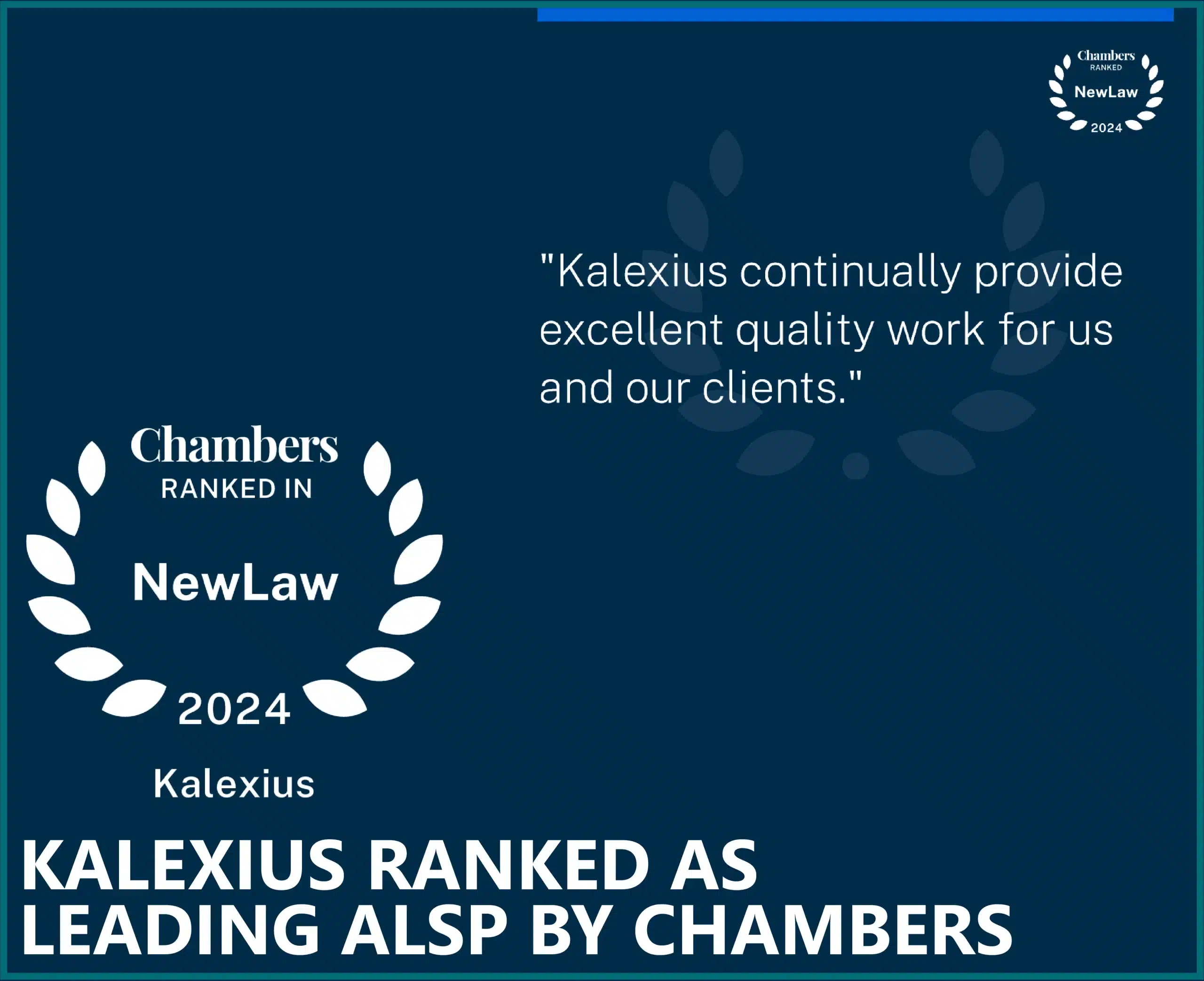
The reality in most large corporates is that some back office functions are more or less well regarded than others. For instance, HR might be better regarded than Legal and Legal may be better regarded than IT.
When measuring performance, both subjective and objective elements can affect perception.
The ability to present objective metrics around service delivery demonstrates good management and control. However, presentation of objective metrics doesn’t necessarily mean that the wider organisation sees your department as ‘helpful’.
For in-house legal to be recognised as a top performer, both objective and more subjective metrics need to be considered.
Objective metrics
While commercial lawyers will negotiate Service Level Agreements (SLAs) and Key Performance Indicators (KPIs) as part of their day job, many would prefer not to have them applied to themselves.
Historically, many senior lawyers and GCs have worked on the principle that as long as they stay close to their main stakeholder and keep them happy, everything will be all right. This tactical silo-based approach only works while the stakeholder and the business objectives are well understood and there is little change.
Increasingly, the legal department needs to be able to present a holistic view of the whole department at Executive or Board level in the same way that their peers in HR, IT and Finance can.
So what do we mean by objective metrics? Here are a few simple examples which, when reviewed in volume, can tell a story about the reality of service delivery.
- Time to confirmation of receipt – i.e. how long does it take for legal staff to confirm back to a user in the business that they have received their issue/query/question?
- Production of first draft/mark-up – e.g. how long does it take for legal staff to turn around a first draft or mark-up of a sales contract for return to a counterparty?
- How long do approvals take? – i.e. how long does each person in the approval process take to approve? (And do they ever not approve – which may be more worrying!)
- Cycle time – e.g. how long does it take to get from the initiation of the matter to it’s completion.
One of the many reasons why lawyers leave private practice for in-house roles is the pressure of time recording and meeting billing targets. It sometimes feels like in-house departments choose to avoid objective metrics for fear of ‘triggering’ in-house staff who have left private practice. However, the negative impact of this avoidance strategy is significant.
The main benefits of implementing objective metrics are:
- You can see where there are bottlenecks and inefficiencies and attempt to resolve them;
- You can articulate and justify why you need additional resources or external support when volumes spike;
- You can start to understand which staff are carrying the highest volume of work;
- You can show performance improvement over time to local/divisional stakeholders;
- You can roll-up the data across all areas of the department to give a holistic view at the exec level.
ALSPs and technology vendors help in-house legal teams set-up a ‘front door’ for legal through which business requests pass and a continuing service to capture and track metric data thereafter.
Subjective metrics
In the absence of an alternative narrative, perception at the C-Suite level is often formed by a process of osmosis. The C-Level experience of the legal function is usually informed by:-
- Their personal relationship with the Group General Counsel;
- What they hear from their peers and from their direct reports;
- A small number of high value strategic legal matters with which they have direct involvement;
- Comparative experience from previous roles/companies.
Given how perception is formed, objective metrics are not sufficient on their own but must be combined with more subjective metrics.
In order to inform and change perception, the first step is to understand what the perception is today. The simplest way to obtain this information is by surveying the stakeholders.
A first survey of stakeholders is different from the survey cycle that follows. The first survey needs to establish the key themes and issues that are important to the stakeholders. These themes and issues are gathered through the use of open questions.
The subsequent survey cycle charts improvement against the themes and baseline provided by the first survey. It is more likely to be based on closed questions with a value rating or multiple choice answer.
The optimal size of the first survey is the C-Suite and their direct reports. In this way, the senior management perception of the legal department is captured.
Through the survey approach:
- You can align the allocation of budget and resources more closely with the needs of the business;
- You have a means by which to measure the satisfaction of senior stakeholders year on year;
- You can challenge perception based metrics with objective based metrics when relevant;
- The senior leadership in your company knows you are listening to them.
A third party undertaking interviews will normally receive a more honest and balanced set of responses from stakeholders.
ALSPs can deliver the initial survey process and help to design the future process which can be undertaken in-house moving forwards.
Conclusion
A holistic approach to metrics including both objective and subjective measures enables a process for measuring performance and enabling continuous improvement. In addition, the right process can help you to engage better with senior stakeholders and improve relationships.


